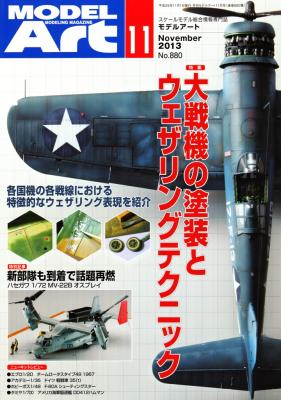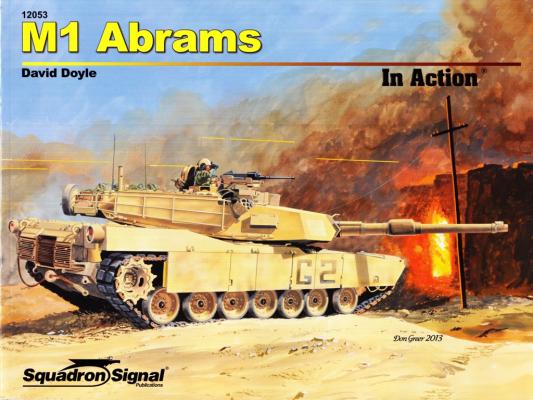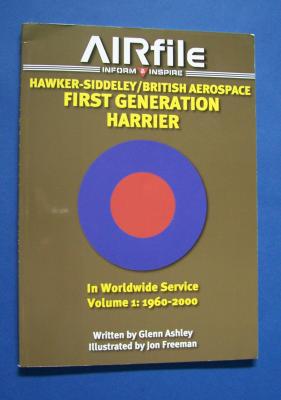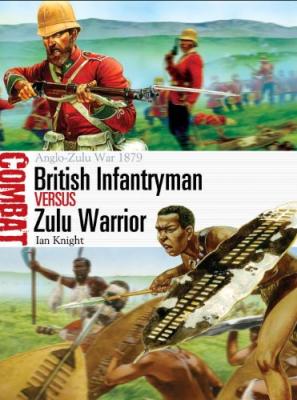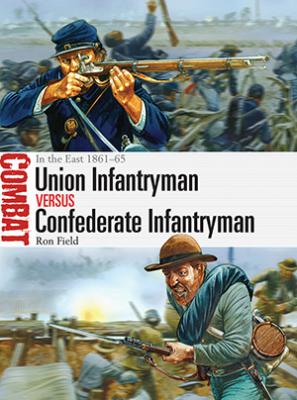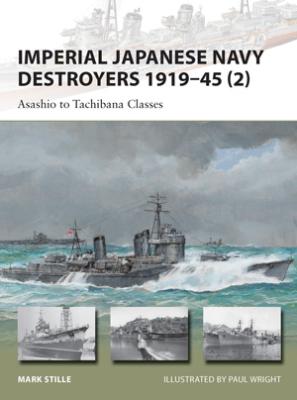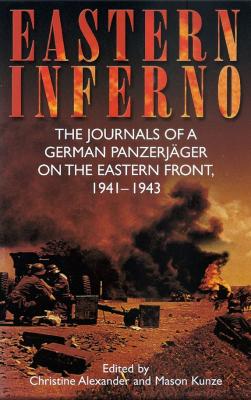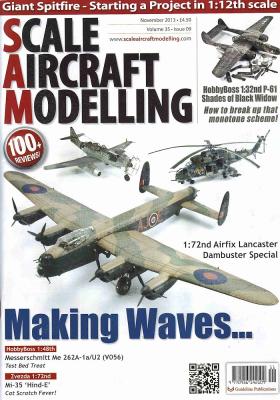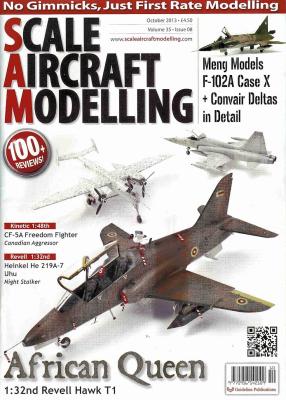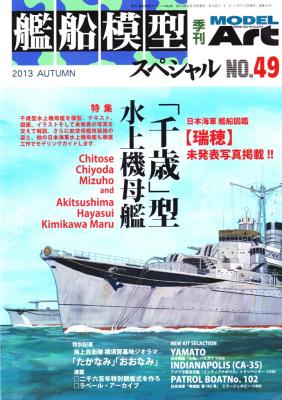In the Novembers issue of Model Art they start as usual with the special feature. This months special feature is on weathering techniques and painting of aircraft. The article starts of with Tamiya's beautiful 1/32 F4U-1 Corsair. With this model they incorporate post shading, exhaust staining and fuel stains. The next model is the Hasegawa 1/48th A6M2b Type 21 "Junyo Fighter group". This aircraft was originally finished in IJN gray but then was over sprayed with one of the greens that Japan used during the war leaving a blotchy finish. They show you how to achieve this in this section. Next up is the Tamiya 1/48 Spitfire Mk.1. This section covers chipping, masking and some general weathering. Zvezda Yak-3 1/48th is used next. This section deals with general weathering and details of the kit. The next section covers dust. They use the Eduard 1/48th Bf-109E-7 Trop for this demonstration. The last next article uses the Hasegawa 1/48 Henchel 129B-2 "Winter Camouflage".
As quoted from Squadron/Signal Publications " In Action books, despite the title of the genre, are books that trace the development of a single type of aircraft, armored vehicle, or ship from prototype to the final production variant. Experimental or "one-off" variants can also be included. Our first In Action book was printed in 1971".
The M-1 Abrams was designed to fight multiple Communist manned tanks in the forests of Europe. Even though the "Abrams" has been in combat, it has been limited to desert warfare. The M-1 was designed to be technologically superior and to provide the crew the best protection possible. During the M-1's career it has gone through many upgrades and modifications, both in technology, armor and armaments.
The Harrier is one of the most easily recognized modern jet fighters and has been so since its introduction into the RAF in 1969. It certainly is one of the noisiest, particularly when in VTOL mode. This excellent book is another of the ongoing AIRfile publications covering British aircraft. As in their other books, this volume is full of relevant information and color profiles, this time focusing on early versions of the Harrier. The chapter titles speak for themselves:
This is the third book in the new Combat series from Osprey which looks at soldiers who faced each other in battle. The Zulu War of 1879 has long been a subject that captured the imagination of military historians and modelers. Numerous books on the subject have been written, including several by Ian Knight, the author of this book and one of the leading authorities in the world on the Zulu War.
This series follows a similar format in all the books, looking at subjects such as training, morale, weapons, and leadership. The book compares the fighting styles and tactics of the British and Zulus in three very different battles – Nyezane (22 January 1879), iSandlwana (22 January 1879), and Khambula (29 March 1879). Accounts from combatants on both sides are included.
In this book, the author covers the Civil War’s eastern theater from 1861-65 and leads you through a progressive linage of the fighting infantryman on both sides under the, quoting the book, “appalling realities of warfare in the industrial age.” You’ll follow the infantryman in the key battles such as First Bull Run/Manassas, “The Bloody Angle” Gettysburg, and Chaffin’s Farm/New Market Heights. The later battle sets focus on African American troops fighting for the union. The book further discusses in-depth the tactics and strategies used by both sides. The evolution of uniforms worn by the troops is an interesting story in itself and will surely aid the purist modeler. The diorama modeler will appreciate the interesting period b&w photographs, plus it’s packed with a wide range of colorful paintings and maps.
Osprey hits another home run with this 2nd volume on Japanese destroyers. Picking up where the 1st volume left off, this book covers several classes, principally the Asashio, Kagero, and Yugumo. It also details the history, weapons, and tactics of the Japanese destroyers. The author further weighs in on the design and construction, armament, service modifications, and wartime service of each class. The book also covers an interesting experimental destroyer, the Shimakaze, with a top speed of almost 40 knots and 15 torpedo tubes. I found the book’s contents to be well thought out, with a very coherent outline. And it’s written with easy to understand explanations. It has beautiful color paintings and artwork including cutaway illustrations. It offers a wide range of vintage b&w photographs that are pretty decent and would be helpful to the ship modeler. The book has a softcover with a corded gum binding and it’s printed very well.
This book is a compilation of 3 journals written by Hans Roth, a soldier with the 299th Infantry Division, attached to the Sixth Army. It covers the period 1941 to 1943. It is an incredible first-hand narration of the life of a German soldier in the Eastern Front.
It is particularly interesting as it was written within days of the events being narrated (often on the same day), meaning that the memories were fresh and undisturbed by the pass of time. At the same time, being its own personal journal, censors were not able to edit out parts of the narration, reflecting the exact thoughts of a soldier in the front.
The November issue of Scale Aircraft Modelling is another excellent piece of scale art. There are the usual two Feature Articles, an Aviation in Profile piece, industry news, and a series of Compact Build Reviews.
The two feature articles for this issue are a 1/32nd scale build of the HobbyBoss P-61 Black Widow and a 1/72nd scale build of Airfix's Lancaster B.III Dambuster. The HobbyBoss P-61 build by James Ashton goes into some detail of the build and adds True Details Wheels and Kits-World Decals. Where this article really shines is in the description of weathering and painting. The articles details paint chipping using the AK interactive chipping system, and also the post-shading and using the oils to weather. The effects are superb and the article is lavishly illustrated.
Each issue of Scale Aircraft Modelling follows a basic design and format. There are usually two Feature Articles, an Aviation in Profile piece, industry news, and a series of Compact Build Reviews. This is my first chance to review this magazine and I am impressed.
The Feature Articles for this issue cover a Revell 1/32 BAE Hawk and AZ Models 1/48 Heinkel He70. The Hawk build by Brian Wakeman covers building the Revell Hawk kit with an Aires seat, SAC landing gear, and Airframe decals for an African scheme. He covers the build thoroughly, including the need for replacement seats and his painting and weathering techniques using oils and variations in paint colors.
This is Model Art Magazine’s special quarterly issue that focuses on naval subjects. As with the regular Model Art Magazine, this is printed in Japanese with some English subtitles. This special ship model edition focuses on the "Chitose Japanese Navy seaplane carrier type".
This issue starts off with detail drawings of the IJN seaplane carrier Mizuho. They cover such items as the anchor, vents, cleats, portholes and the trim over them, armament, linoleum decks and how they were secured, and armament – very valuable information for modelers. Next is a one-page article on new items that are coming out.

